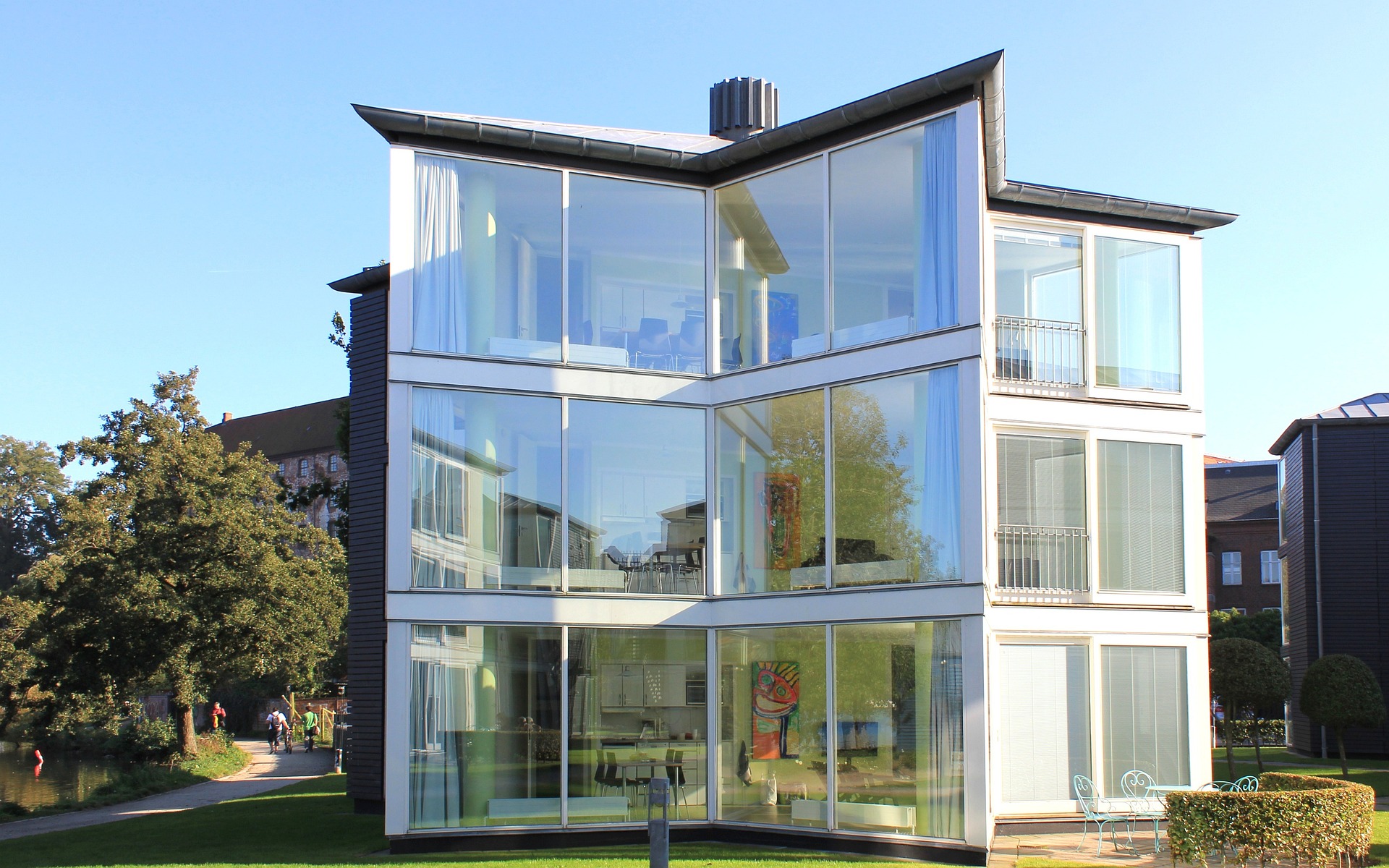Title: Unlocking Real Estate Value Through Adaptive Reuse Projects
As urban landscapes evolve, a new trend is reshaping the real estate market: adaptive reuse. This innovative approach breathes new life into outdated or abandoned structures, transforming them into vibrant spaces that meet modern needs. From converting old factories into trendy loft apartments to repurposing vacant office buildings as mixed-use developments, adaptive reuse is not just preserving history—it's creating exciting investment opportunities and revitalizing communities.

Historically, adaptive reuse projects were often small-scale endeavors undertaken by niche developers. However, as cities grapple with housing shortages and the need for urban renewal, larger real estate players are now embracing this strategy. The transformation of industrial warehouses into chic residential lofts in cities like New York and London set the stage for this trend, which has since expanded to encompass a wide range of property types and locations.
Economic Benefits of Adaptive Reuse
One of the most compelling aspects of adaptive reuse for real estate investors is its potential for significant returns. By repurposing existing structures, developers can often save on construction costs and expedite project timelines. This efficiency can translate into higher profit margins and faster returns on investment.
Moreover, adaptive reuse projects often qualify for various tax incentives and grants, particularly when they involve historic preservation or contribute to urban revitalization. For instance, in the United States, the Federal Historic Preservation Tax Incentives program offers a 20% tax credit for the rehabilitation of certified historic structures, making these projects even more financially attractive.
Another economic advantage is the potential for premium pricing. Unique spaces created through adaptive reuse often command higher rents or sale prices due to their character, history, and location. A study by the National Trust for Historic Preservation found that buildings repurposed for residential use typically sold for 23% more per square foot compared to new construction in the same area.
Sustainability and Environmental Impact
Adaptive reuse aligns perfectly with the growing emphasis on sustainable development in the real estate sector. By repurposing existing buildings, developers can significantly reduce the environmental impact associated with new construction. This approach conserves resources, reduces waste, and lowers carbon emissions.
According to the U.S. Environmental Protection Agency, building-related construction and demolition debris accounts for about 40% of the solid waste stream in the United States. Adaptive reuse projects can dramatically reduce this waste. Furthermore, the embodied energy—the total energy required for the extraction, processing, manufacture, and delivery of building materials—is preserved when existing structures are repurposed rather than demolished.
This focus on sustainability not only benefits the environment but also appeals to environmentally conscious tenants and buyers, potentially increasing demand and property values.
Challenges and Considerations in Adaptive Reuse
While adaptive reuse offers numerous benefits, it also presents unique challenges. One of the primary hurdles is navigating zoning laws and building codes, which may not always accommodate the creative vision for repurposing a structure. Developers often need to work closely with local authorities to obtain necessary permits and variances.
Another significant challenge is the unpredictability of renovation costs. Older buildings may have hidden issues, such as structural problems, hazardous materials, or outdated systems that require extensive upgrades. These unforeseen expenses can impact project budgets and timelines.
Additionally, balancing historic preservation with modern functionality can be complex. Developers must often find creative solutions to incorporate contemporary amenities and meet current building standards while preserving the character and architectural integrity of the original structure.
Market Trends and Future Outlook
The adaptive reuse trend shows no signs of slowing down. In fact, recent market shifts have accelerated its growth. The COVID-19 pandemic has led to increased vacancy rates in commercial real estate, particularly in office and retail sectors. This situation has created new opportunities for adaptive reuse, with developers exploring ways to convert underutilized office buildings into residential or mixed-use spaces.
Urban planners and policymakers are also increasingly supportive of adaptive reuse as a strategy for addressing housing shortages and revitalizing urban cores. Many cities are implementing policies and incentives to encourage the conversion of obsolete buildings into new uses.
Looking ahead, experts predict that adaptive reuse will play a crucial role in shaping the future of real estate development. As cities continue to evolve and the demand for sustainable, character-rich spaces grows, the ability to reimagine and repurpose existing structures will become an increasingly valuable skill in the real estate industry.
Conclusion: A New Frontier in Real Estate
Adaptive reuse represents a dynamic and innovative approach to real estate development, offering a unique blend of historical preservation, sustainability, and economic opportunity. For investors and developers willing to embrace the challenges, it presents a chance to create truly distinctive properties that stand out in the market.
As urban landscapes continue to change and the emphasis on sustainable development grows stronger, adaptive reuse is likely to become an even more integral part of the real estate industry. By breathing new life into old structures, this approach not only creates value for investors but also contributes to the vitality and character of our communities, making it a win-win strategy for the future of real estate.





